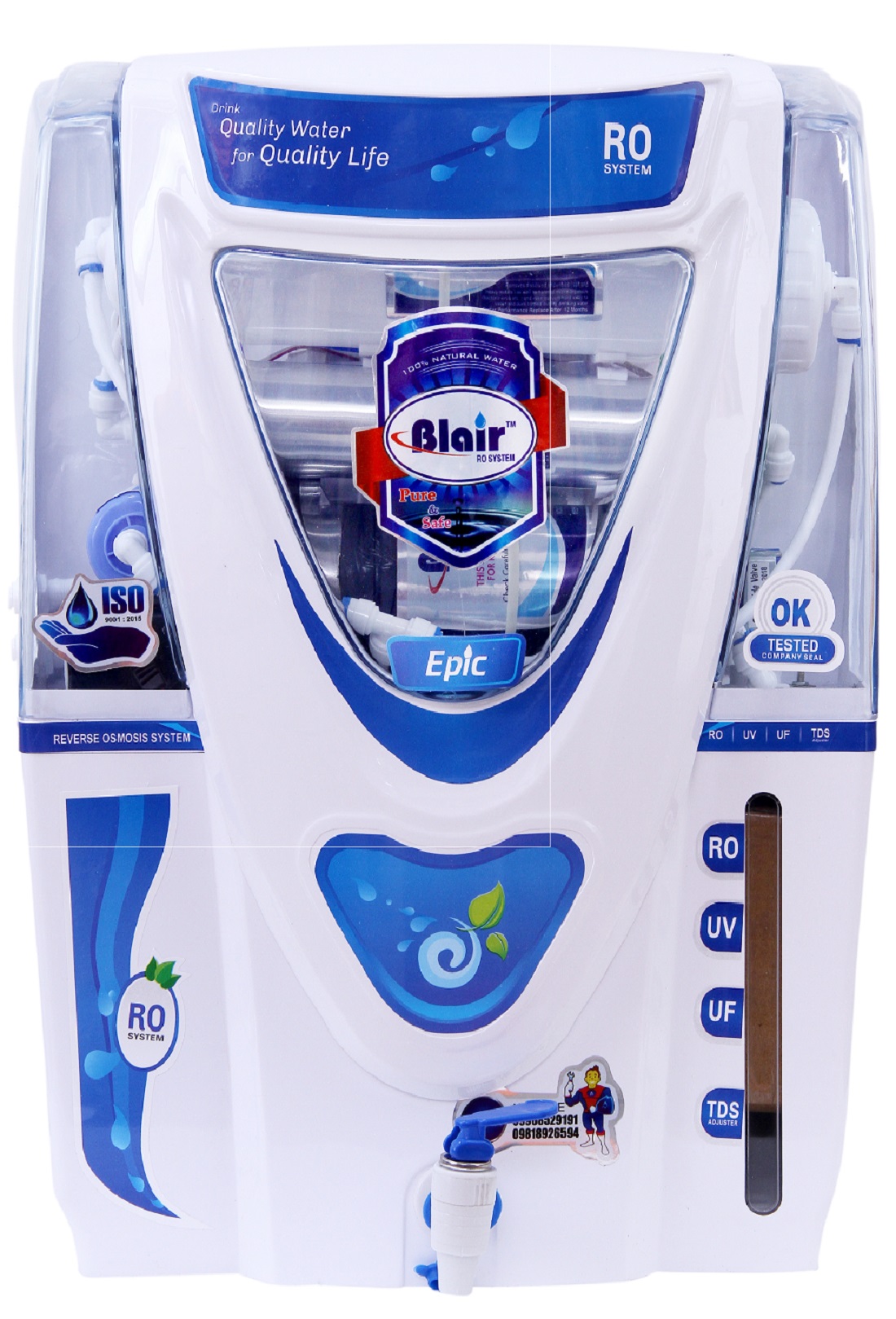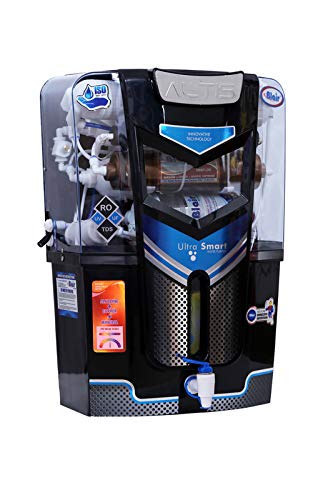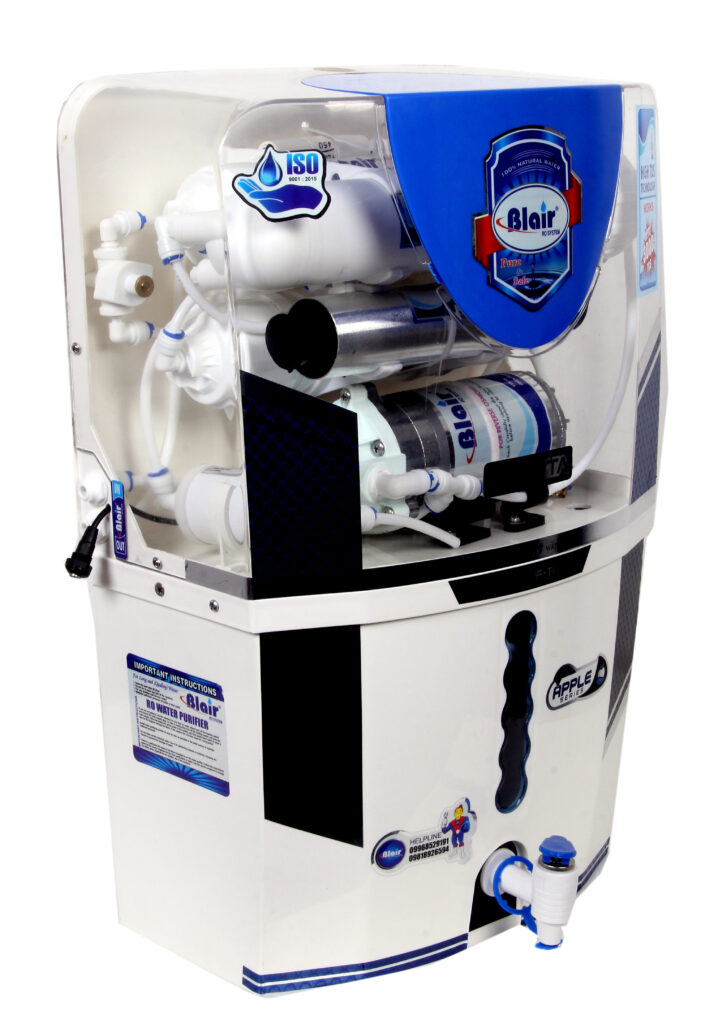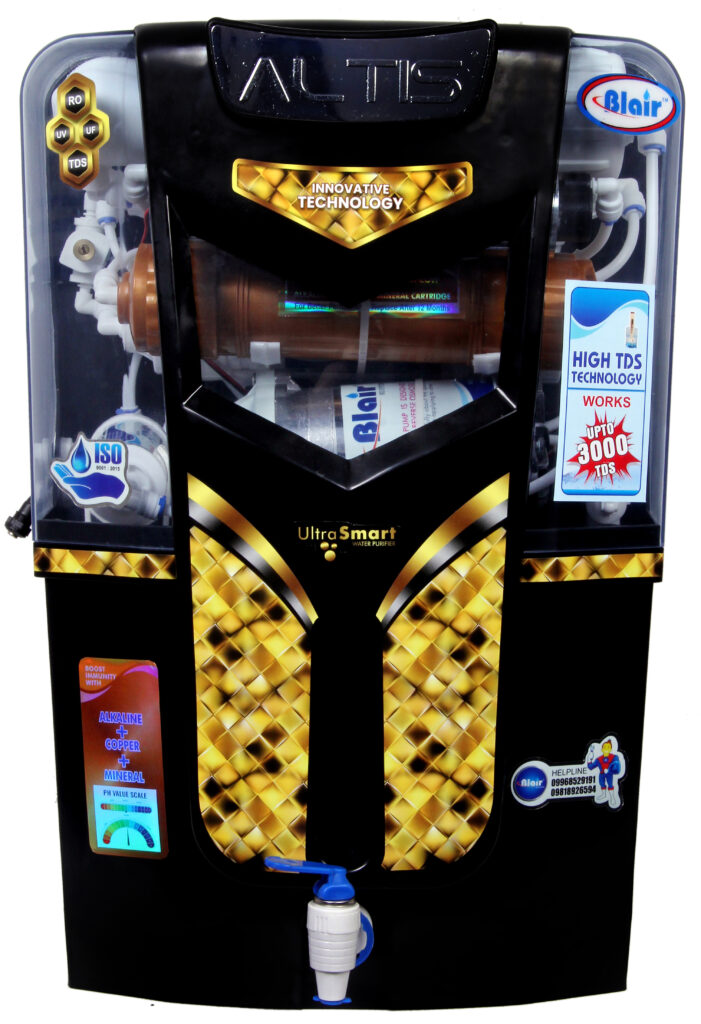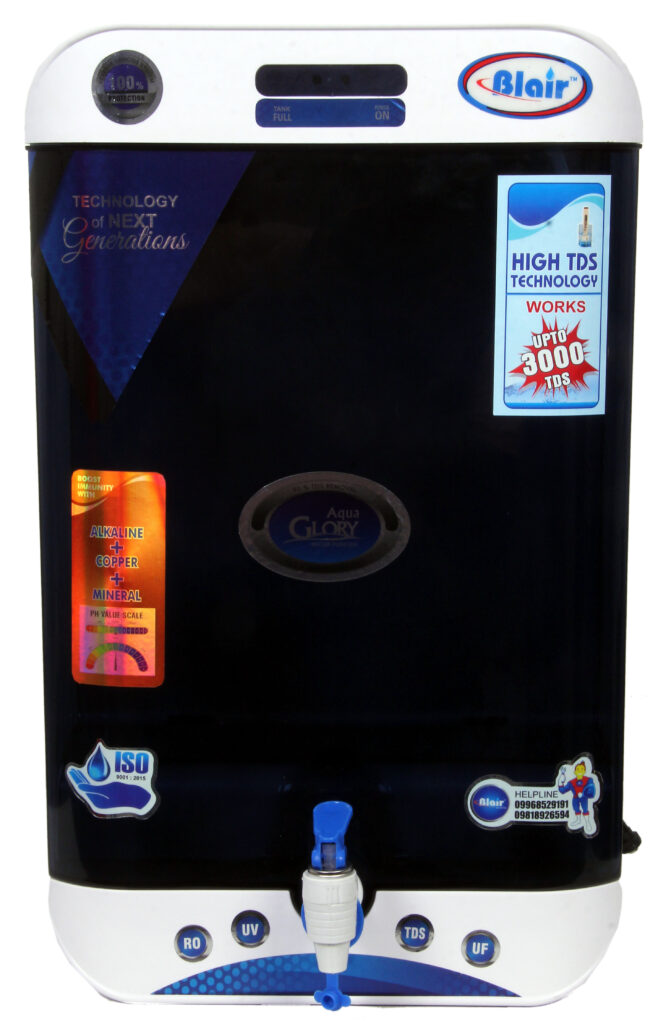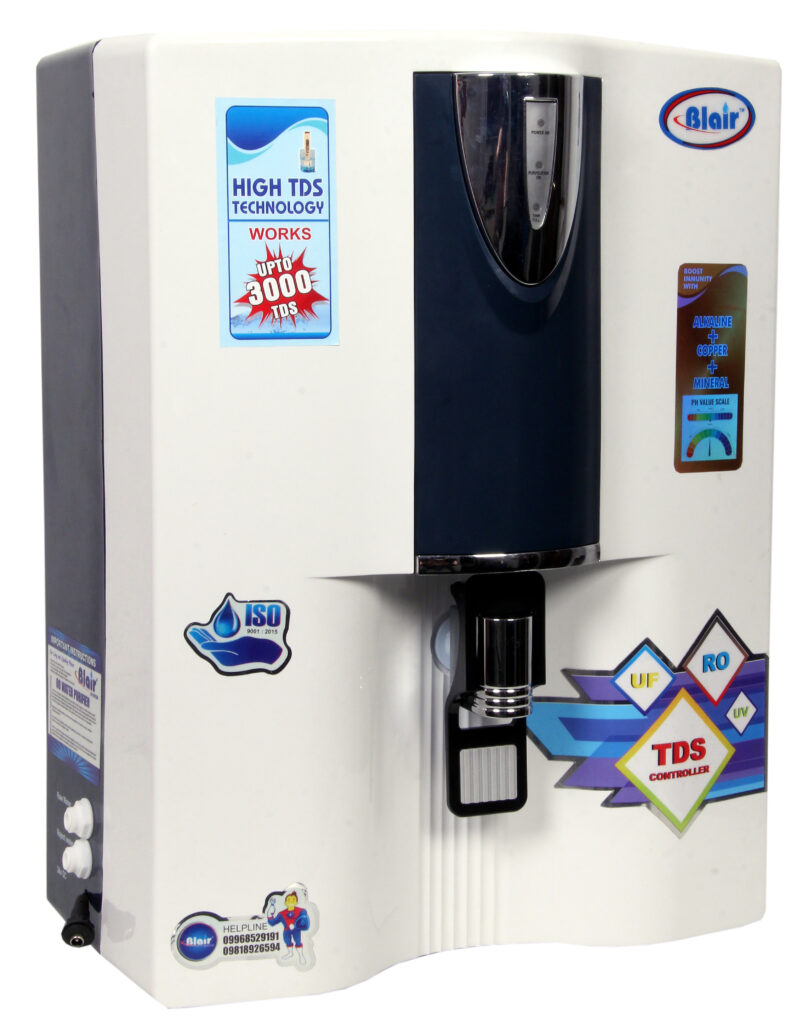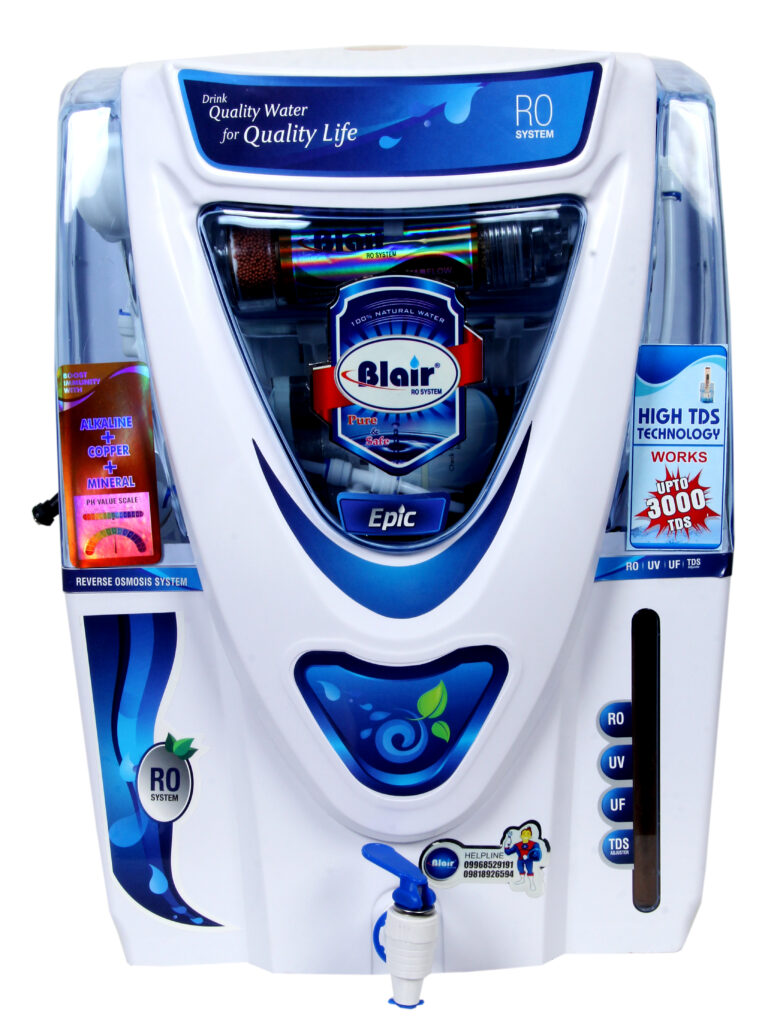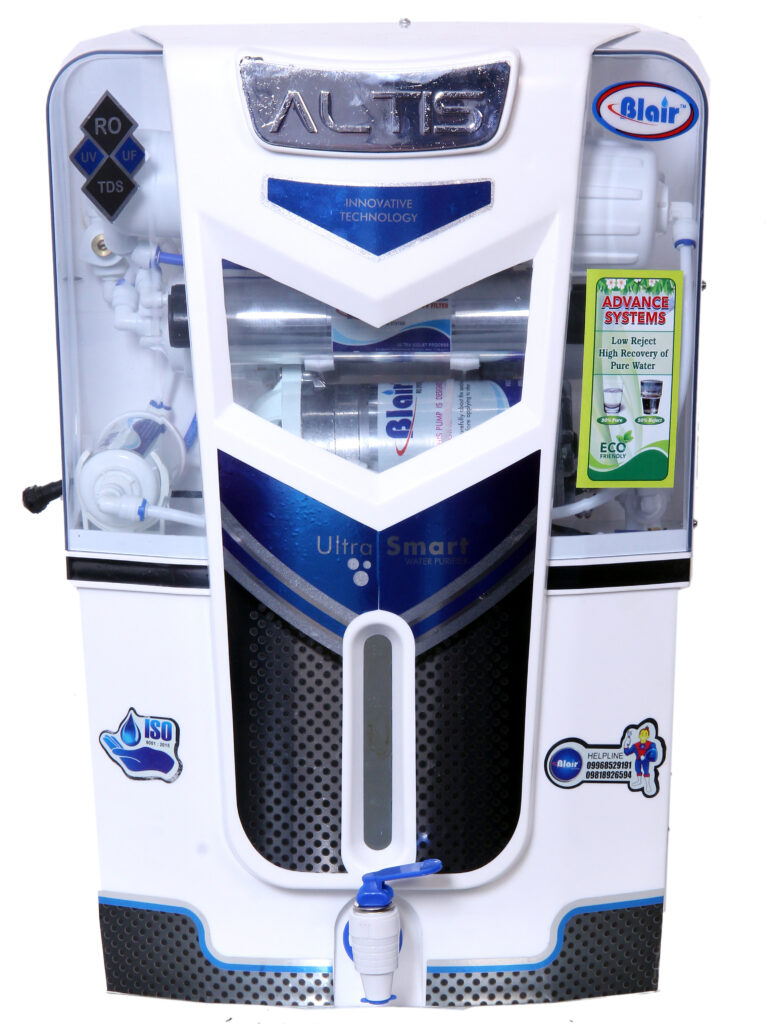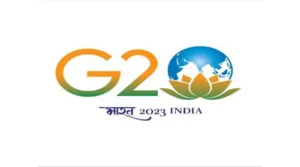Environmental degradation and rising pollution have resulted in numerous challenges, even impacting the quality of our drinking water sources. Consequently, consuming untreated water poses risks to our health. To address this concern, water purifiers have become essential in households today. However, with various brands and technologies available, it’s easy to get lost in the sea of terminology. One such term is MTDS. In this blog post, we will unravel the mystery behind MTDS and how it plays a crucial role in water purification.
“Clean water is a priceless treasure, and MTDS in water purifiers unlocks the door to optimal drinking water, ensuring health and well-being for all.”
-Blair Water Purifiers
What is MTDS in Water Purifiers?
MTDS, short for Manually Total Dissolved Salts Controller, is not a filter itself, as commonly believed. Rather, it serves as a regulator that helps control the Total Dissolved Solids (TDS) level in the output water of a water purifier. TDS refers to the concentration of dissolved solids in water, including inorganic salts and a small amount of organic matter.
Understanding the Function of MTDS:
The primary function of MTDS is to provide control over the TDS level in the purified water. It achieves this by connecting to two water inlets: one originating from the Reverse Osmosis (RO) membrane or other purification sources, and the other from various sources based on the filtration technology employed in the water purifier. By skillfully managing these two inlets, MTDS allows users to obtain water with the desired TDS level.
Advantages of MTDS:
- Enhanced Taste: The salt content in water greatly affects its taste. MTDS enables the regulation of the optimum TDS level, resulting in better-tasting water.
- Desirable TDS: While RO purification can significantly reduce TDS levels, it may render the water demineralized, lacking essential minerals. MTDS ensures the maintenance of a desirable TDS level for drinking water, promoting the intake of beneficial minerals.
- Cost-Effectiveness: MTDS stands out as a cost-effective and convenient method for regulating the TDS level in your drinking water. It eliminates the need for additional mineralization treatments.
- pH Level Regulation: By controlling the salt content, MTDS helps maintain an ideal pH level in the water. This ensures that the water is suitable for human consumption and general use.
MTDS vs. Mineralization of Water:
While MTDS focuses on controlling the TDS level, mineralization of water involves adding specific minerals to the purified water. Unlike mineralization, MTDS provides users with control over the output TDS level, making it more customizable. Additionally, MTDS is a cost-effective alternative to mineralization, eliminating the need for maintenance and offering a broader range of minerals.
Conclusion:
In an era where access to clean drinking water is crucial, water purifiers have become indispensable. Among the array of features and technologies, MTDS, or Manually Total Dissolved Salts Controller, plays a vital role in regulating the TDS level of purified water. It enhances taste, maintains a desirable TDS level, and promotes cost-effective water purification. By understanding the significance of MTDS, you can make informed decisions when selecting a water purifier that meets your needs.
Remember, ensuring access to safe and healthy drinking water is essential for our well-being, and MTDS is one of the key factors in achieving that goal.
We hope this blog post has provided you with valuable insights into the world of MTDS in water purifiers. Stay hydrated and enjoy the benefits of clean, purified water!


